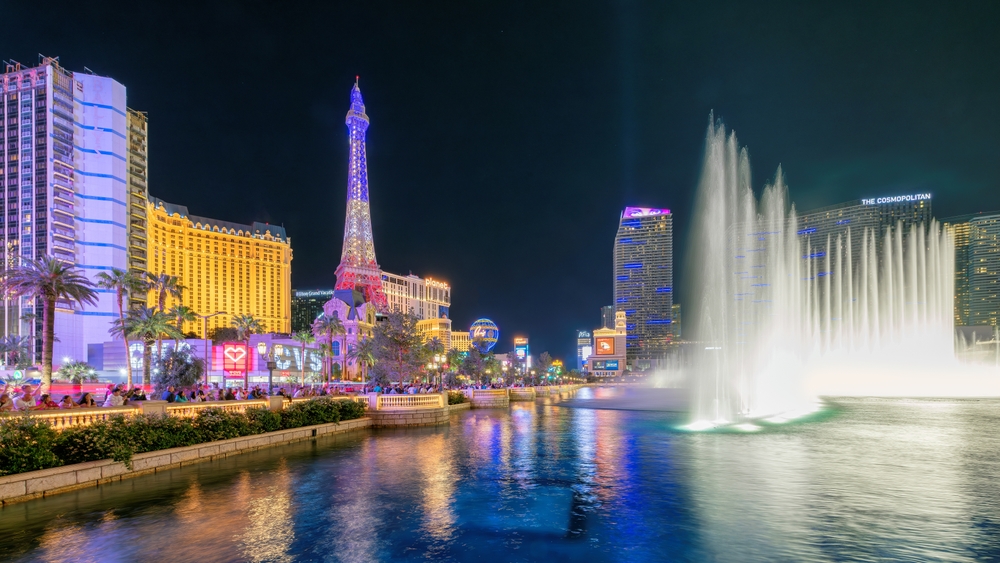The city has cut water use dramatically.
Others are reading now
Las Vegas, known for its bright lights and desert location, is fast becoming a leader in sustainability.
Cut Water use Dramatically
Marco Velotta, the city’s sustainability officer, explained that the city’s environmental push started in earnest in 2005, accelerating after the 2009 Recovery Act introduced national goals for renewable energy, water conservation, recycling, and green buildings, according to Digi24.
Today, Las Vegas has seen significant progress despite a booming population. Through an initial $75 million investment, the city has cut water use dramatically and aims for half of Nevada’s electricity to come from renewable sources by 2030.
Resorts along the Strip have also embraced sustainability, spurred by a former tax incentive program and a statewide mandate that 40% of their energy comes from renewable sources. Velotta reports that most resorts have already exceeded this goal.
Also read
Second in Solar Capacity Per Capita
The shift to solar energy is particularly striking. MGM Resorts International recently built a 100-megawatt solar facility powering 11 of its properties, an amount comparable to the electricity needed for 27,000 homes.
Las Vegas ranks second in the U.S. for solar capacity per capita, behind only Honolulu, and aims to source 100% renewable energy by 2030.
In addition to energy, water conservation remains crucial. Located in the Mojave Desert, Las Vegas relies heavily on sustainable practices.
MGM Resorts, for instance, has saved 16 billion gallons of water since 2007 by implementing desert-friendly landscaping, efficient fixtures, and water recycling systems in its famous fountains and aquariums.
Despite its strides, Las Vegas faces ongoing challenges, especially in reducing emissions from transportation and managing energy-intensive air conditioning. But as Velotta notes, Las Vegas is transforming from a city of excess to a global leader in sustainability — a remarkable shift for a desert metropolis working hard to secure a greener future.


